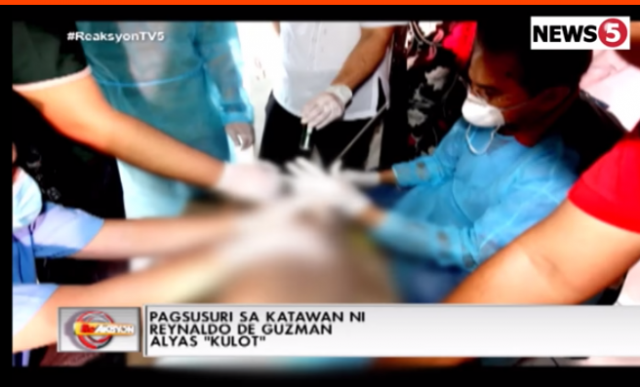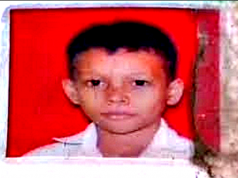Because the DNA matching forensic findings of the Philippine National Police (PNP) did not align with the Public Attorney’s Office (PAO) identification of the cadaver of a boy purported to be that of Reynaldo “Kulot” de Guzman, the case could turn out to be a case akin to a ‘Wow Mali’ episode.
A combined team from NBI-CHR-SOCO autopsied and confirmed the identification of Kulot before PAO performed its own forensics. The NBI had issued a Certificate of Death attesting to Kulot’s identity and injuries. PNP conducted its forensics separately and independently of all this.
The genetic sample from the boy’s parents used by the Police, which arrived at a DNA result that contradicted the identification of the remains by PAO, was improperly collected, the Public Attorney’s Office said, hence the police findings is liable to questioning.
It has come to light that the parents of Kulot de Guzman were clueless and did not knowingly give explicit and informed consent to the supposed DNA sample extracted from them by the police.
The police had indicated that they were simply adhering to standard protocol in the taking of genetic samples in such cases.
Dr. Erwin Erfe, Director of the PAO Forensic Laboratory, explained that whatever consent given to the police is deemed what is called “vitiated consent”.
“They did not know what they were giving consent to. They did not even mention to the lawyers that genetic samples were taken from them. They did not know what was done. They were just blindsided by the matter of the DNA matching result,” said Dr. Erfe.
PAO explains that it was Kulot’s parents who personally identified the body based on a telltale mark below his left knee.
Dr. Erfe remarked that since the police’s genetic sampling protocol went into effect, PAO has scarcely noted law enforcers religiously following it: “Bakit dito pa sa kaso na hindi naman kailangang mag-DNA, because positively identified [ang bangkay] … Bakit dito pa sila magcoconduct ng examination (Why in this case, where a DNA test was not required because the subject was positively identified … Why did they conduct an examination here)?”
He also pointed out the possibility of improperly extracting the DNA sample from the remains of the boy found dead and floating at a creek in Gapan, Nueva Ecija, which is far away from his home in Cainta, Rizal.
“In this case, because the sample was obtained from the embalmed body, there could be a problem with accuracy of result because the tissues have already been heavily hydrated with formalin at the mortician’s.”
Also, with regard to the apparent discrepancy of findings that the body found was that of an uncircumcisioned boy, Dr. Erfe said that point is subjective “because of possible overgrowth of skin over the penile tissue.”
PAO said it does not intend to conduct further examination, satisfied as it was with the positive cognizance by the parents of the boy.
Click and watch this segment from News5’s REAKSYON program:










